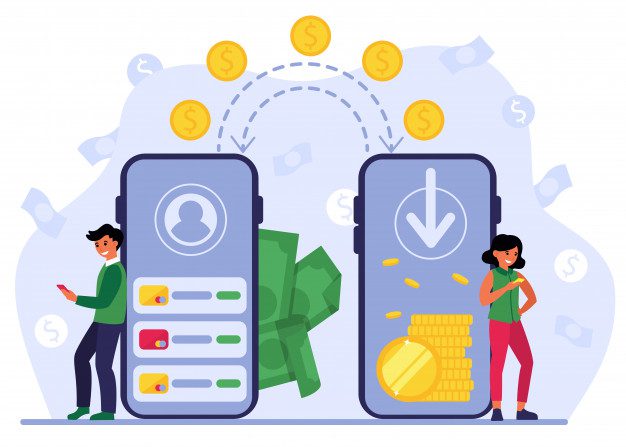P2P apps have had a meteoric rise that hasn’t yet slowed. The pandemic created more and new scenarios where paying another person quickly if not instantly creates real convenience for senders and recipients. Splitting the cost of a pizza was replaced with paying someone back for doing grocery shopping or sending money to help an individual facing financial hardship. Not only are more P2P transactions occurring, there are now more users which begets more opportunities.
As an example, just yesterday I was getting a haircut and the one-location, small business posted a notification requesting all patrons tip their stylist through a P2P app to reduce their merchant processing costs. My stylist had a Venmo QR code taped to her mirror. I suspect we will see more and more inventive uses like this.
The Financial Brand had this article reflecting on the growth of P2P:
“I think if you had any financial institutions or consumers sitting on the fence about embracing the technology, that went by the wayside as many found it a necessary component to managing their finances during the pandemic,” says Matt Wilcox, President of Digital Payments and Data Aggregation at Fiserv. The company’s research indicates that nearly four out of five (79%) of consumers reported that they used P2P in some form through their financial institution or through a nonfinancial company in 2020.
Fiserv works closely with Zelle — it has connected over 500 financial institutions to the provider and expects that to rise past 1,000 in 2021 — and he says the channel has seen new types of usage, from tipping service providers to making fantasy football payouts, as consumers grow more used to P2P. In 2020 Fiserv saw Zelle transactions increase by 113% among institutions it processes for, with triple digit growth expected for some time ahead. Zelle on the whole saw a record $307 billion sent via 1.2 billion transactions in 2020.
While the usage figure cited earlier is stunning, Fiserv research suggests that further growth will be assisted by increased marketing by P2P providers and by financial institutions. Fiserv found that while use is high, nearly half of consumers surveyed still don’t know if their financial institution provides P2P via email address or phone number and 20% are certain their bank or credit unions does not offer the capability. Younger consumers are clearer on who provides P2P payment channels that they have used.
Overview by Sarah Grotta, Director, Debit and Alternative Products Advisory Service at Mercator Advisory Group
